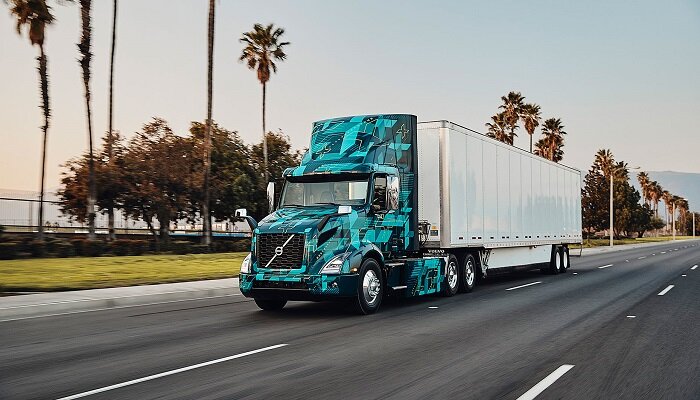The United States pledged at the COP27 climate meeting in Egypt on November 17 to sell and manufacture solely zero-emission medium- and heavy-duty vehicles by 2040, such as school buses and tractor trailers.
According to the non-binding memorandum of understanding (MOU), 100% of new vehicles—including buses, lorries, and commercial delivery vehicles—must be zero-emission by 2040, with a target of 30% by 2030. To achieve their objectives for clean energy, countries must cooperate across borders and oceans, according to Jennifer Granholm, the U.S. Energy Secretary.
New commercial electric vehicle tax credits worth up to $7,500 for light- and medium-duty trucks and up to $40,000 for heavy-duty vehicles are part of the $430 billion climate, tax, and drug policy bill that was passed in August.
It will promote technical innovation, slash car costs, and reduce transportation emissions, according to Granholm. Earlier this month, a group of 16 senators led by Senator Martin Heinrich encouraged President Joe Biden to sign the pact, pointing out that although medium and heavy trucks make up 10% of all vehicles, they are responsible for 28% of all on-road greenhouse gas emissions.
In order to achieve the overall carbon emission standards, commercial transport vehicle decarbonization is essential according to Heinrich’s statement. The United States is signalling that they are committed to fulfilling their responsibilities on climate change and protecting the future of their children by agreeing to this aim alongside many other countries.
The memo does not obligate U.S. federal entities to set new emission regulations, targets, or requirements, according to legislators. More nations are anticipated to join the document, which has already been backed by more than 60 local and state governments, manufacturers, financial institutions, and other parties, including 16 countries.
The U.S. Environmental Protection Agency intends to issue stricter greenhouse gas emissions regulations for heavy-duty trucks and other vehicles until at least the 2030 model year by the end of 2023, as per a report from Reuters from earlier this month.
For 17 of the 33 subcategories of vocational and tractor automobiles, including school buses, commercial delivery trucks, transit buses, and short-haul tractors, the EPA had proposed stricter criteria in March.


































